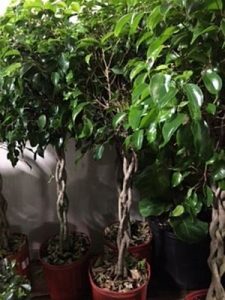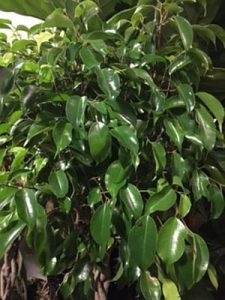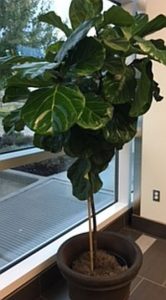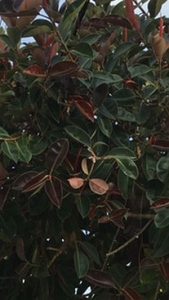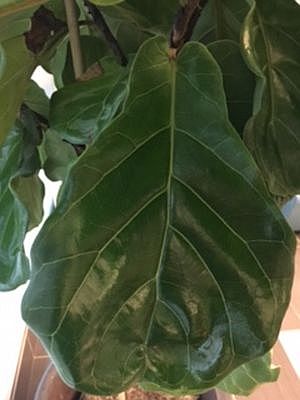
Ficus/Fig – Moraceae Family
Any of a large family of mostly tropical trees, shrubs, and vines belonging to the genus Ficus. They are members of the mulberry family, having milky sap and large, thick or stiff leaves, including the edible fig, the banyan, and many species grown as ornamentals. The history of the fig centers around the Mediterranean region and is commonly cultivated in mild-temperate climates. There are over 1,000 species, mostly giant “rubber trees” and mostly tropical.
While we all are familiar with the edible fig, Ficus carica and Ficus pumila, the vine which can grow to 60 feet (unless there is a significant hard freeze) and produce an inedible fig. Both can grow in our area. Florida is home to three of the most popular and spectacular, Ficus altissima-Council tree, Ficus benghalensis or Banyan tree and Ficus religiosa or Sacred fig.
We sometimes forget about other popular members of the fig family that we can grow indoors like Ficus benjamina or weeping fig/ficus tree which can grow six to ten feet indoors, Ficus elastic/Ficus robusta or rubber plant which can grow four to ten feet by five feet indoors. One of my favorites is Ficus lyrata or fiddle leaf fig which can grow eight to ten feet. We often use these house plants in mild seasons but these can survive outdoors during warn seasons. I’ve seen several rubber trees outdoors around the New Orleans and Metairie areas. Rubber plants may perform better outdoors if indoor light is not adequate.
All of these three Ficus varieties mentioned above can make good house/indoor plants and are very attractive. Plant in pots in loose well-drained soil. They need as much light as you can give them to grow indoors, but not intense direct sunlight. Water when dry but not too much moisture. Do not let Ficus dry out. Keep away from drafts. They will lose their leaves but will grow back. Keep leaves clean by wiping with a soft moist cloth. Fertilize with liquid fertilizer during growing season about once a month. Spray periodically for mite and mealy bugs, aphid and scale.
Once you find a good place that you like and where the Ficus is doing well, try not to move it around. It will drop its leaves. The leaves will grow back and plants can be placed outdoors in summer. Of course, these plants will not survive cold/freezing temperatures.
Submitted by Karen Blackburn

